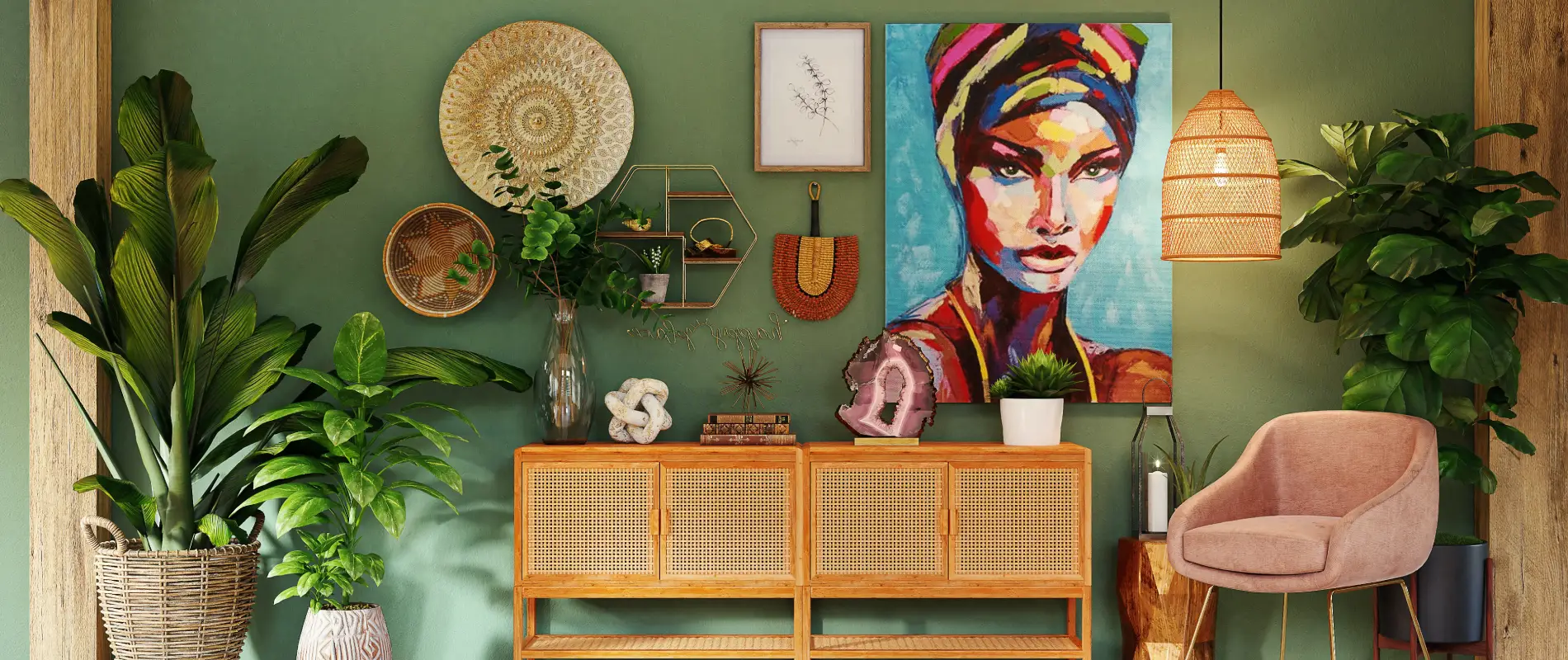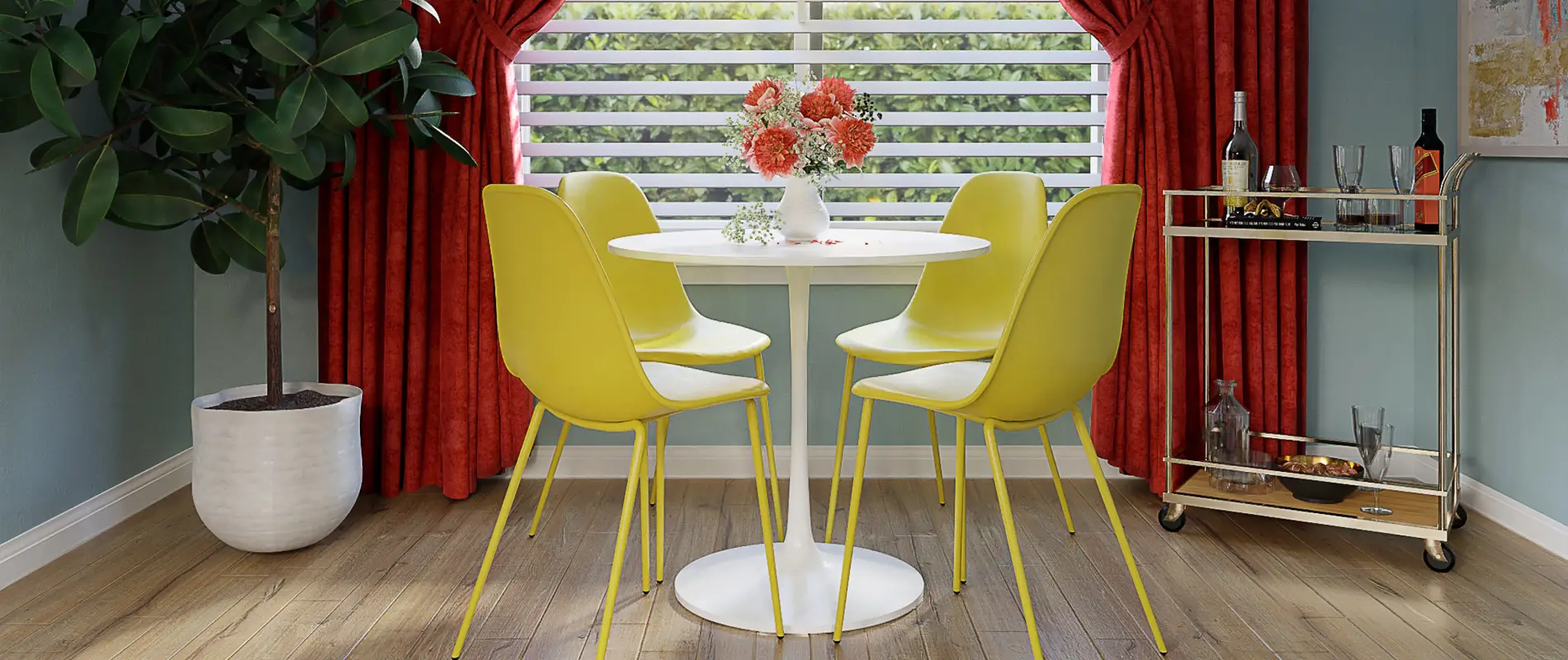© Copyright – Made with MaxiBlocks

WordPress themes: Pure Footer Light PFL-04
Build WordPress sites with MaxiBlocks. All features free forever. No locked functionality. Optional Cloud Library saves you 10+ hours per project. Start free
Discover our innovative footer block pattern design
Elevate your WordPress website with our thoughtfully crafted footer block pattern design! This design showcases a sleek layout that combines functionality with aesthetic appeal, perfect for any corporate or service-oriented website.
Original design overview
The footer features a streamlined, horizontally oriented structure that is both organised and visually appealing. On the left side, you’ll find a prominently placed logo, reinforcing brand identity, accompanied by neatly arranged navigation links. The right side is devoted to additional essential information including copyright details and important links.
Layout details
- Overall structure: A single horizontal row creates a seamless footer experience.
- Arrangement:
- Left section: Logo and five navigation links – Home, About Us, Services, Work, and Contact Us – aligned for easy access.
- Right section: Copyright statement and additional links for Terms & Conditions, Support, and Privacy Policy.
Elements and features
- Core elements:
- Logo: A significant brand identifier located on the left.
- Functional navigation links: Direct and clear access to key site areas.
- Social media icons: Access your social profiles seamlessly with recognisable icons at the end of the navigation.
- Copyright statement: Prominently displayed, adding professionalism to your site.
- Typography & visuals:
- A modern sans-serif font creates a clean, legible text presentation.
- Ample white space enhances clarity and reduces visual clutter, achieving a balanced design.
Unique Design Highlights
- Classic asymmetrical layout: The left-aligned logo makes navigation intuitive and user-friendly.
- Hover effects: Subtle, engaging hover effects enhance user interaction.
- Responsive ready: This layout adapts seamlessly for mobile devices, ensuring a cohesive user experience.
- Accessibility focus: High contrast between text and background guarantees improved readability.
Overall design style
This footer exudes a minimalist and professional vibe, allowing the content to shine while effortlessly guiding users. The visual hierarchy is impeccable, giving priority to brand recognition while fostering an easy navigational path from left to right.
Summary
Transform your WordPress website builder with this versatile footer design that enhances usability and reinforces your brand identity. With a blend of modern aesthetics and responsive functionality, it’s the ideal solution for contemporary web applications. Ensure effortless navigation for your users with our design!
10 use cases for the footer
Corporate identity reinforcement
For businesses, the footer can serve as a subtle yet powerful tool to reinforce corporate identity. The inclusion of the company logo on the left side allows for consistent branding across all webpages. Navigation links such as ‘About Us’ and ‘Services’ can provide visitors with immediate access to valuable information, enhancing both the user experience and corporate image. This intuitive design ensures that users are always just a click away from learning more about your company’s values and offerings, ultimately fostering a stronger connection with your audience.
E-commerce site navigation
E-commerce sites benefit significantly from well-designed footers. The footer can feature quick links to important sections like ‘Shop’, ‘Cart’, and ‘Customer Support’. This makes navigation straightforward for users, improving their shopping experience. Including social media icons and a subscription option keeps customers engaged beyond the website. By showcasing secure payment badges and contact information, this design builds trust and encourages transactions, making it a vital part of any e-commerce platform’s UX strategy.
Blog promotion
Promoting a blog is straightforward when featuring a footer that includes links to popular posts or categories. This setup not only aids in navigation but also enhances engagement by guiding readers to more content. Incorporating social media icons allows readers to share articles easily, increasing visibility. The footer can align with SEO strategies, helping improve search rankings through well-placed keywords and links, further promoting blog traffic and brand authority.
Portfolio showcase
For professionals in creative fields, the footer offers an opportunity to showcase portfolios. By linking to ‘Work’ or ‘Portfolio’ sections, visitors can swiftly access previous projects. The footer can contain testimonials or client logos, adding credibility and increasing potential client interest. With social media links, visitors are encouraged to engage and connect further, making this design perfect for creative individuals or agencies looking to expand their network and client base.
Educational platforms
Educational platforms can offer accessible navigation through a clean footer design. By including links to ‘Courses’, ‘Webinars’, or ‘Contact Us’, visitors can quickly find relevant educational content. Incorporating resources like ‘Help Center’ and ‘FAQs’ ensures students and educators have the tools they need. This use case prioritises both usability and educational value, supporting learners in their journey and maintaining engagement with the platform.
Non-profit promotion
Non-profits can use footers to effectively convey their mission and solicit support. Links to ‘Our Mission’, ‘Donate’, and ‘Volunteer’ sections guide website visitors towards taking action. Social media icons facilitate sharing of causes, expanding the organisation’s reach. By displaying genuine and inviting design elements, a non-profit footer can bolster community engagement and drive contributions to important causes.
Community building
Incorporating links to ‘Forums’, ‘Events’, and ‘Contact Us’ in the footer can aid in community building for social or interest groups. A streamlined footer provides easy access to these resources, enhancing engagement and collaboration among members. Social media links facilitate wider interaction and sharing of group activities. Additionally, a clear footer can aid in highlighting community achievements and encouraging participation.
Freelancers
Freelancers can benefit from footers that highlight critical information such as ‘Services’, ‘Portfolio’, and ‘Contact Details’. A well-designed footer can help potential clients navigate easily to see work samples, rates, and contact information. Including social media links fosters personal branding, while testimonial snippets add credibility and help build trust with potential clients. This strategic positioning makes the footer a potent tool for any freelancer intent on growing their client base.
SAAS websites
Software as a Service (SAAS) websites require efficient footers to guide users toward essential resources. Providing links to ‘Pricing’, ‘Features’, and ‘Contact Support’ helps users make informed decisions quickly. Including links to ‘Terms of Service’ and ‘Privacy Policy’ ensures transparency and builds trust. With the addition of social media and knowledge base links, users can receive updates and assistance, enhancing customer service and user satisfaction.
Personal branding
For individuals seeking to establish personal brands, footers can direct visitors to a portfolio, blog, or contact form. This creates easy access to the visitor’s most pertinent information and contact avenues. Social media icons encourage wider connection and sharing, essential for personal brand growth. Whether you’re a writer, artist, or consultant, your footer is your gateway to expanding your digital presence, ultimately making it a central asset of your branding strategy.
5 ways to use the footer
Enhance user navigation
A strategically designed footer can significantly enhance user navigation on your website. By including links to essential pages such as ‘Home’, ‘About Us’, and ‘Contact’, users can easily access the information they need. This not only improves the user experience but also encourages visitors to spend more time on the site, potentially increasing engagement and conversions. Enhancing navigation is a simple yet effective way to make your website more user-friendly.
Boost SEO
A footer is an excellent place to incorporate keywords and links relevant to your website’s SEO strategy. By including links to frequently updated pages or important sections, you improve the site’s internal linking structure. This approach can enhance search engine rankings, leading to increased visibility and traffic over time. Utilising relevant keywords in these links further optimises the footer’s impact on your website’s search engine optimisation efforts.
Reinforce brand identity
Footers are vital in reinforcing brand identity. Displaying your logo and integrating a consistent colour scheme can ensure that every visitor is reminded of your brand. Consistent design elements across the site, including the footer, help create a unified and professional appearance that resonates with audiences. This cohesiveness can enhance brand recognition, aiding in establishing trust and credibility with your website’s visitors.
Promote social media engagement
Including social media icons in the footer provides a simple way for visitors to connect with and follow your brand on various platforms. This can increase your audience’s engagement by facilitating easy access to your social media profiles. Encouraging visitors to share your content through social media links in the footer extends your reach and promotes greater brand interaction across digital channels.
Provide legal and support information
The footer is an ideal space to include legal information and support links. By featuring your ‘Terms & Conditions’, ‘Privacy Policy’, and ‘Support’ links, you ensure that important legal documentation is easily accessible to users. These links not only provide transparency but also enhance user trust. In addition, providing access to support or help pages can improve user experience, offering assistance when needed and reinforcing a customer-focused approach.
Frequently asked questions
What is a footer on a website?
A footer is the lower section of a web page that typically includes essential information like copyright notices, contact details, and additional navigation links. It serves to conclude the page and provide users with easy access to important site details without scrolling back up. This section is crucial for maintaining consistent user experience across different pages of a WordPress website design.
What is the size of a website footer?
There is no standard size for a website footer; it varies based on design and content needs. The size should be sufficient to house necessary elements like links and contact information while maintaining readability and aesthetic alignment with the site’s overall design. Consider how much information needs to be included when determining the appropriate size for your footer.
What is the bottom of a website called?
The bottom section of a website is referred to as the footer. It typically contains details that are essential but not necessarily a focal point of the page, such as legal information or site credits. A well-designed footer plays a key role in website footer UI design and efficiently guides the visitor to helpful resources and additional information.
How do I add a footer to my website?
Adding a footer can usually be accomplished using a website builder or content management system like WordPress. In WordPress block templates, you can create or edit a footer through the admin area by adding widgets or using themes that support footer areas. Ensure you include key elements such as links and copyright information when structuring your footer.
What elements should be included in a website footer?
Effective footers include essential elements like the site’s copyright statement, primary navigation links, and contact information. Social media icons and links to the privacy policy and terms and conditions are also commonly found in good website footer designs. A well-balanced footer serves both the user’s needs and supports the site’s overall goals and branding.
How can I make my website footer responsive?
To ensure your footer is responsive, use flexible grids, CSS for design consistency, and media queries to adjust settings based on screen size. Opt for a clean, minimalistic approach to prevent overcrowding, ensuring functionality across devices. With gutenberg block templates within WordPress, applying a responsive format to your footer becomes straightforward.
What are some best practices for footer design?
Best practices for footer design include maintaining simplicity, ensuring clear, legible fonts, and incorporating essential links and contact details. Consistency in colour palette and typography with the rest of the website footer templates heightens brand identity. Functionality and aesthetics should work hand-in-hand to provide a seamless user experience.
How can I customize my WordPress footer without coding?
Customising your WordPress footer without coding is possible through the theme customiser or a plugin. In the WordPress customiser, navigate to the ‘Widgets’ area or ‘Footer’ sections to add or reorder elements. Utilising wordpress pattern library plugins can also simplify footer modifications without delving into code.


